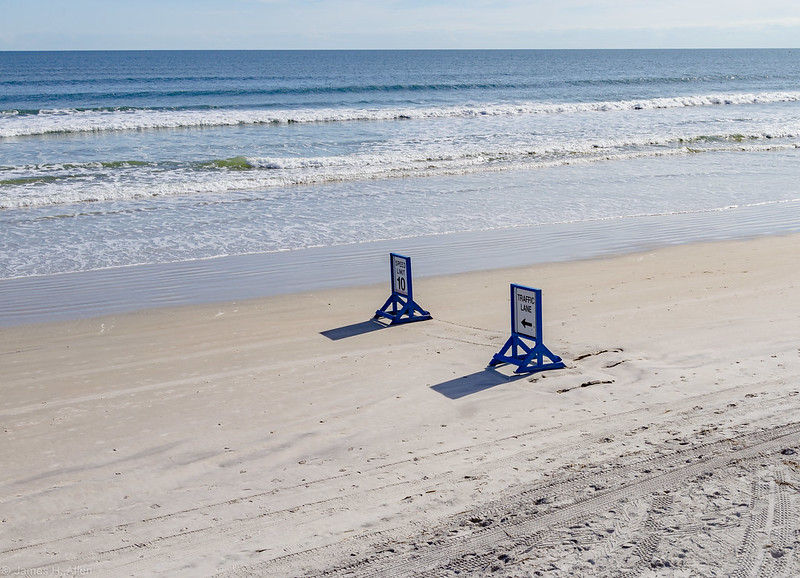Excerpt:
The Daytona Beach-area is famous for having beaches so wide drivers are invited to ride on the shore. Two storms in the span of six weeks have snatched away tons of sand.
But these days the usual sources for sand — nearby underwater mounds and healthy beaches in other parts of the Sunshine State — are running low. What can be found is pricey. Rockwell estimates each house needs at least 275 dump truckloads pushed underneath to be saved — which at the current price of $1,200 a load comes out to $330,000 per home.
“Right now, it’s not even available, or it’s available in very limited quantities,” Rockwell said as he directed his crew working at a house standing precariously near a cliff.
Two weeks after Nicole, officials in hard-hit communities along Florida’s Atlantic coast say the dearth of sand has become an emergency. Nicole and Ian, which slammed into the western coast of Florida in late September, collectively snatched millions of cubic yards of sand from the coastline. In this section of Northeast Florida, local officials and residents are struggling to find sand to support oceanfront buildings and rebuild beaches.
The predicament underscores a vital problem for Florida: the state draws millions of visitors each year to its famous beaches, but successive storms, climate change, rising sea levels and a diminishing supply of sand means they are steadily dwindling in size.
A state report published over the summer — before the two hurricanes hit — found that more than half of Florida’s sandy beaches are critically eroded.
“I think we’re starting to discover that, despite our best efforts and wanting to throw as much money at this as possible, it has become very difficult to keep these beaches as wide as we would like to keep them,” Robert S. Young, a geology professor at Western Carolina University and director of the Program for Developed Shorelines, which helps identify long-term solutions for imperiled coastlines. “We simply don’t have the capacity to hold all of these beaches in place.”
Environmentalists, beach residents, surfers and fishermen have been sounding the alarm about Florida’s eroding beaches for decades. Development is partly to blame. Sought-after oceanfront buildings take up space that might otherwise be home to protective sand dunes. Rising sea levels and stronger and more frequent hurricanes are also a factor. When a powerful storm hits, it can move sand inland, offshore or further up or down a coast.
The Florida Department of Environmental Protection began compiling reports on critically eroded beaches in 1989. That year, the agency found a quarter of the state’s 825 miles of sandy shoreline was in danger. By 2022, that number had doubled…









